The body, pleasure and play: Beryl Cook and Tom of Finland united in London
Tom of Finland’s homoeroticism meets Beryl Cook’s female-oriented camp as Studio Voltaire unites work by the two artists in a London exhibition
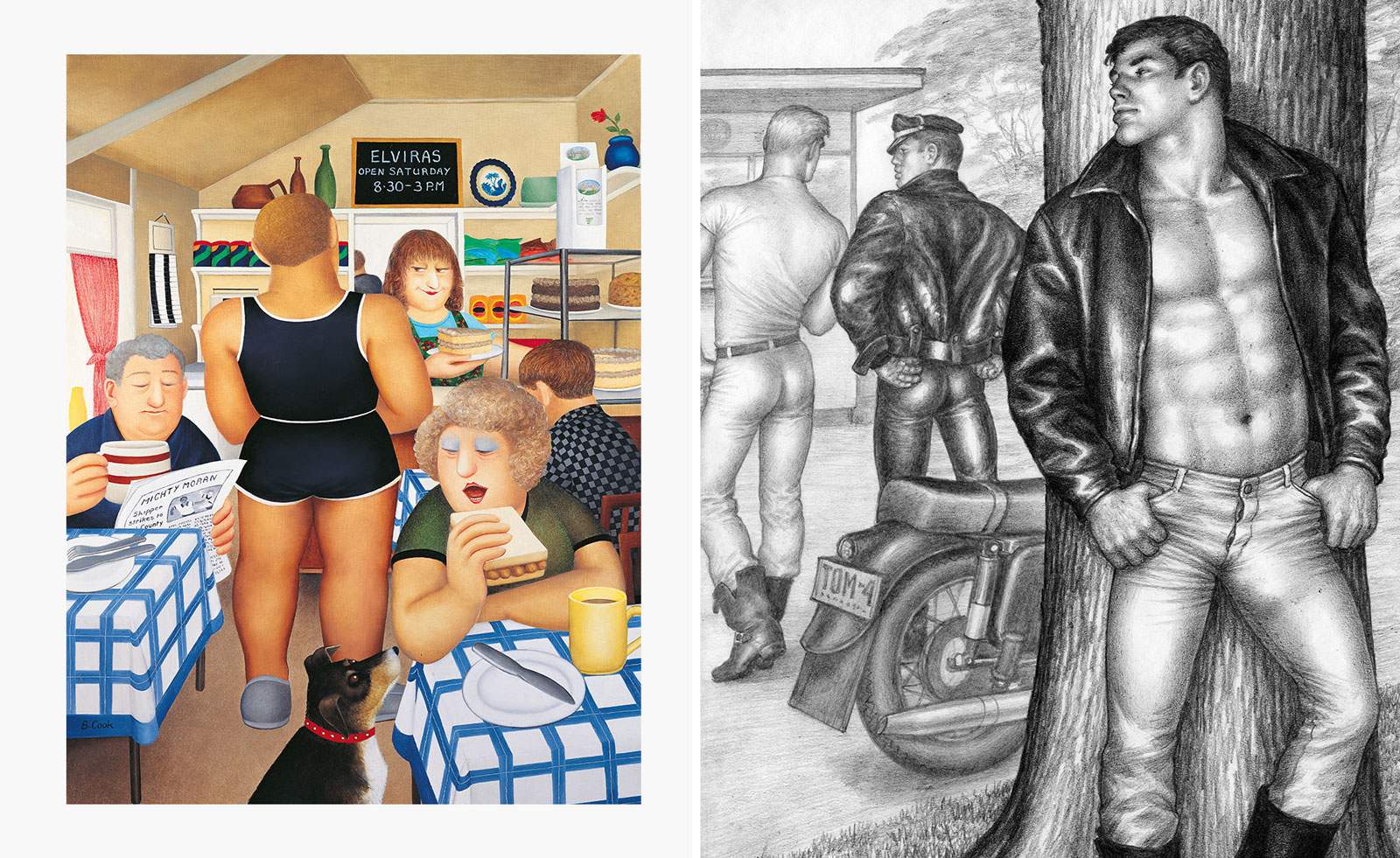
A playful hyperreality appealed to both Beryl Cook (1926-2008) and Tom of Finland (1920-1991), whose work in the 20th century celebrated pleasure for its own sake. Despite obvious differences between the two artists – the UK’s Cook, with her larger-than-life women cavorting in often quintessentially British settings; and Tom of Finland (aka Touko Laaksonen), who lived in both Finland and the US, and his depictions of a queer masculinity – they are linked by their consideration of class, gender and sexuality.
Now, the two are being considered side by side in a London art exhibition at Studio Voltaire, looking at both their work and the impact it had on a wider audience. Here, curator Nicola Wright tells us what unites them.
Beryl Cook and Tom of Finland at Studio Voltaire
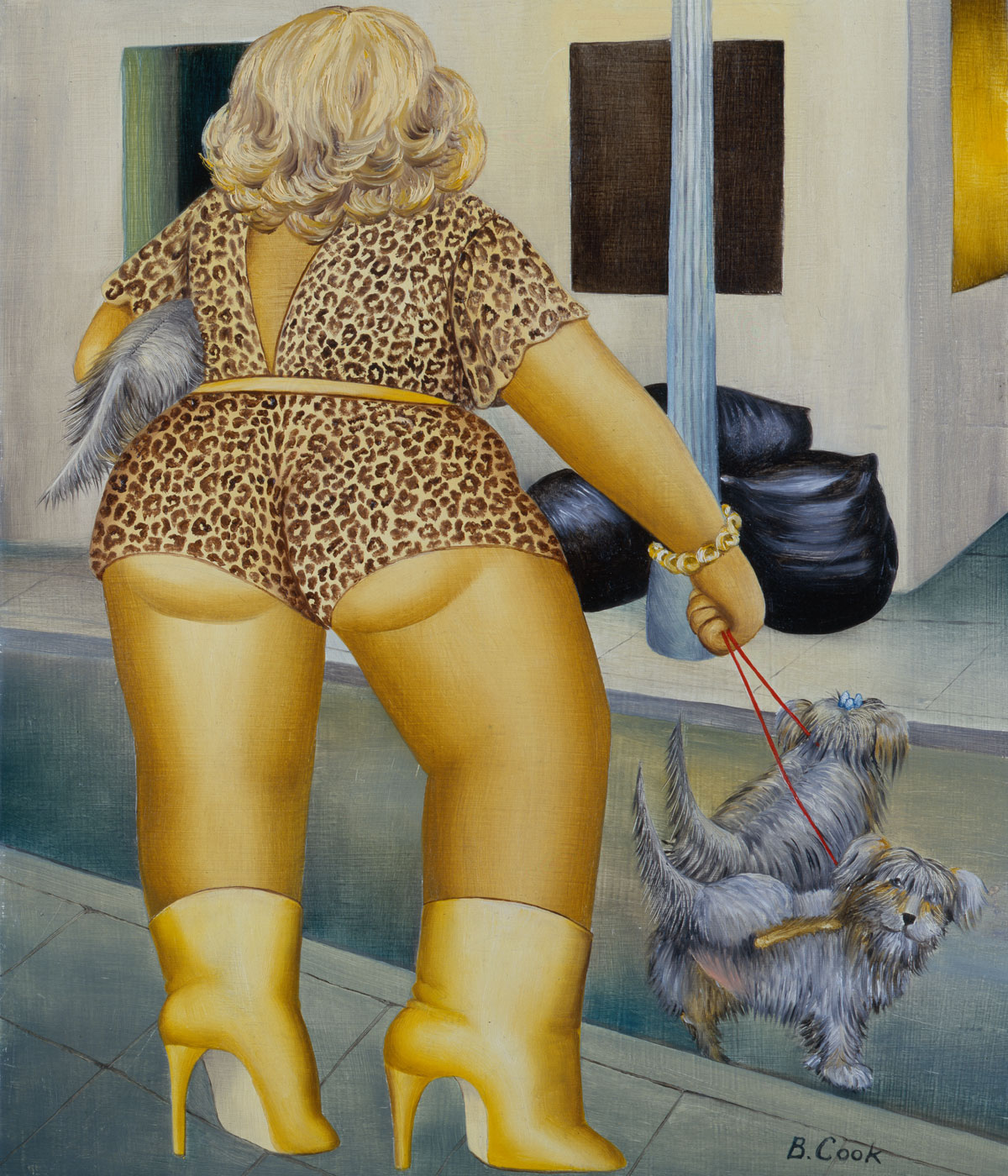
Beryl Cook, Lady of Marseille, c.1990
Wallpaper: Can you tell us why you wanted to unite these artists and draw parallels between their work?
Nicola Wright: Fundamentally, both Beryl Cook and Tom of Finland were artists who prioritised pleasure in their works and denied shame.
Though Tom of Finland’s work [preserved and celebrated by the Tom of Finland Foundation] was heavily based in fantasy, and designed to arouse, the artist aimed to produce images of gay men that counteracted the atmosphere of oppression and stereotypes of effeminacy he had grown up with. In contrast, Tom’s drawings present gay men as strong, happy, sexual – and public.
If Tom of Finland’s works are explicitly sexual, Cook is equally interested in sensual experience and excess, but she locates it in the convivial atmosphere of cafés, hen parties, with female protagonists such as her Lady of Marseille (c.1990).
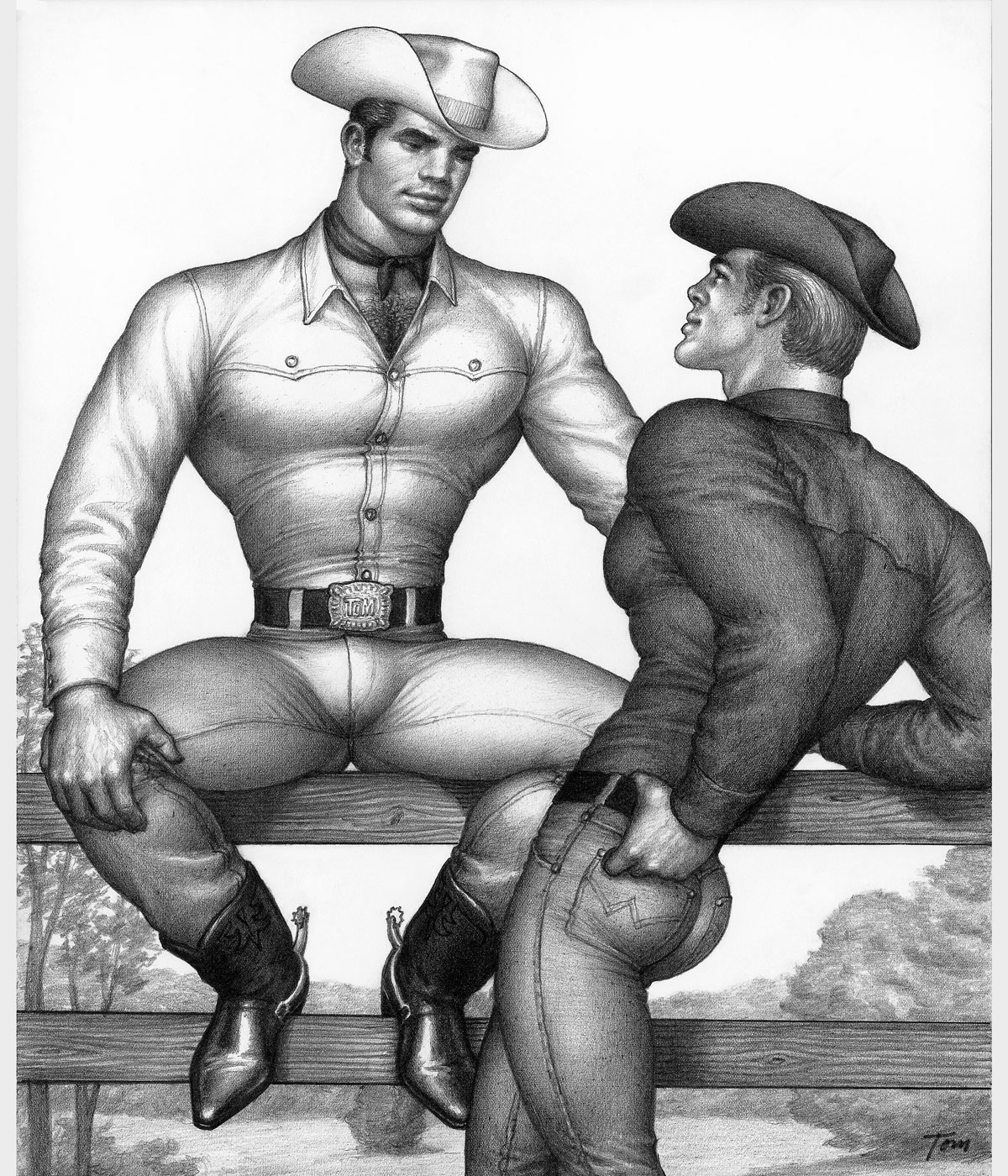
Tom of Finland, Untitled, 1964
W*: In both artists’ work, the body takes on larger-than-life personas. How do they differ in the ways they portray this celebration of the body?
Receive our daily digest of inspiration, escapism and design stories from around the world direct to your inbox.
NW: Tom of Finland came to define a lexicon of queer masculine archetypes through his work. Although the artist adhered to a specific ideal in his depictions of men – tight narrow waists, broad shoulders, jutting jaws and bulging crotches – he exaggerated their attributes to heroic proportions and charged them with an explicit homoeroticism. In doing so, his works subverted heteronormative tropes of masculinity and authority, indelibly changing how gay men could be seen, and see themselves.
Cook’s images of larger women are in some ways the opposite of Tom’s men, but [the artists] share a way of hyperrealising the body that is visually powerful. [With Cook] heightening the details of their bodies, dress and expressions, the women in her works are both class-coded and engage with female-oriented forms of camp. Though playful, Cook’s women resist ‘polite’ femininity, fully and unapologetically taking up space. By prioritising and celebrating bigger bodies, Cook points to wider connotations related to the intersection of body size, gender and class.
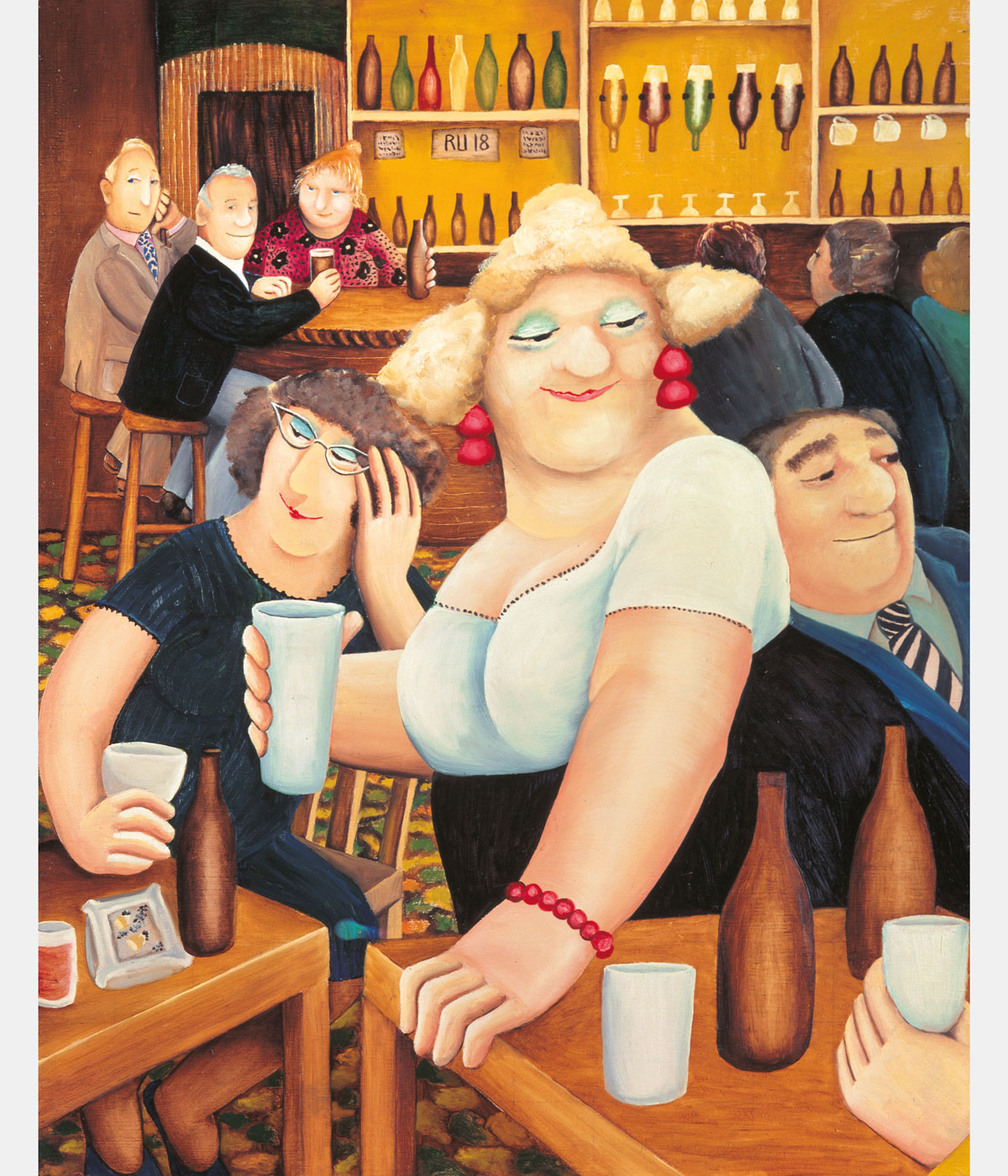
Beryl Cook,The Lockyer Tavern, c. 1974
W*: What surprised you when viewing and considering these works together?
NW: The initial impulse to pair the two came from this sense that they shared a way of exaggerating bodies and an eye for excess. Numerous other ties became clear as we researched the show: their use of commercial platforms and methods of reproduction to circulate their works, the way both speak to ideas of class and taste.
Related story
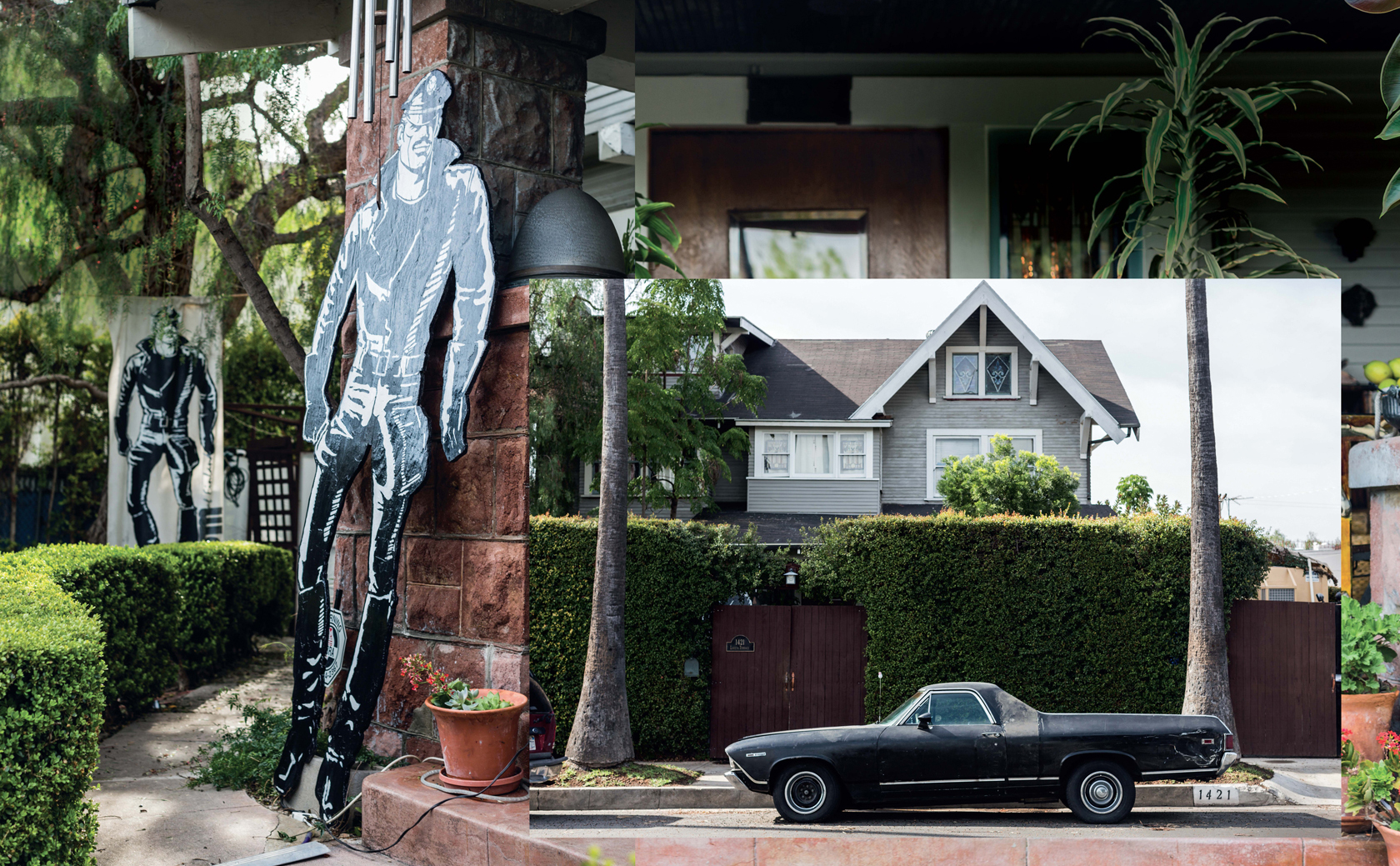
Their works also revealed more direct thematic lines – for example, Cook’s role in documenting queer life in works such as Lockyer Tavern (c.1974) and ‘Bangs’ Disco (1977). (Bangs was ‘London’s first gay superclub’ – after several permutations it emerged as the renowned G-A-Y nightclub.)
Both [artists] had respectively large fandoms, whom they cared about deeply: the exhibition includes some of Cook’s fan mail, which she always answered. Poignantly, the exhibition also includes some of Tom’s collected fan mail stamps. Fearing that his correspondence could ‘out’ his followers should it fall into the wrong hands, he destroyed the letters, keeping only the stamps as a memento.
‘Beryl Cook / Tom of Finland’ at Studio Voltaire, London, until 25 August 2024
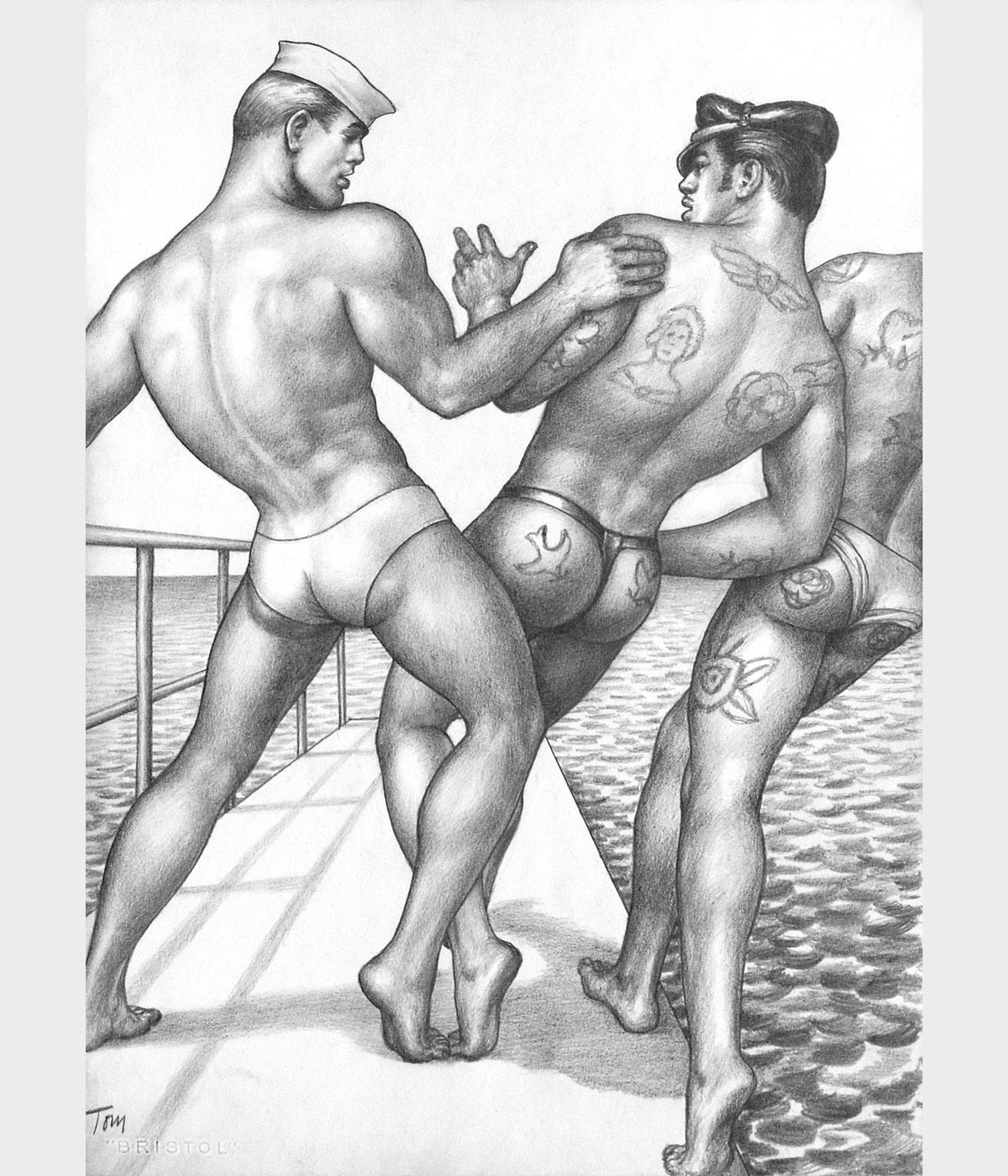
Tom of Finland, Untitled, 1962 (from the Athletic Model Guild ‘The Tattooed Sailor’ series)
Hannah Silver is the Art, Culture, Watches & Jewellery Editor of Wallpaper*. Since joining in 2019, she has overseen offbeat art trends and conducted in-depth profiles, as well as writing and commissioning extensively across the worlds of culture and luxury. She enjoys travelling, visiting artists' studios and viewing exhibitions around the world, and has interviewed artists and designers including Maggi Hambling, William Kentridge, Jonathan Anderson, Chantal Joffe, Lubaina Himid, Tilda Swinton and Mickalene Thomas.
-
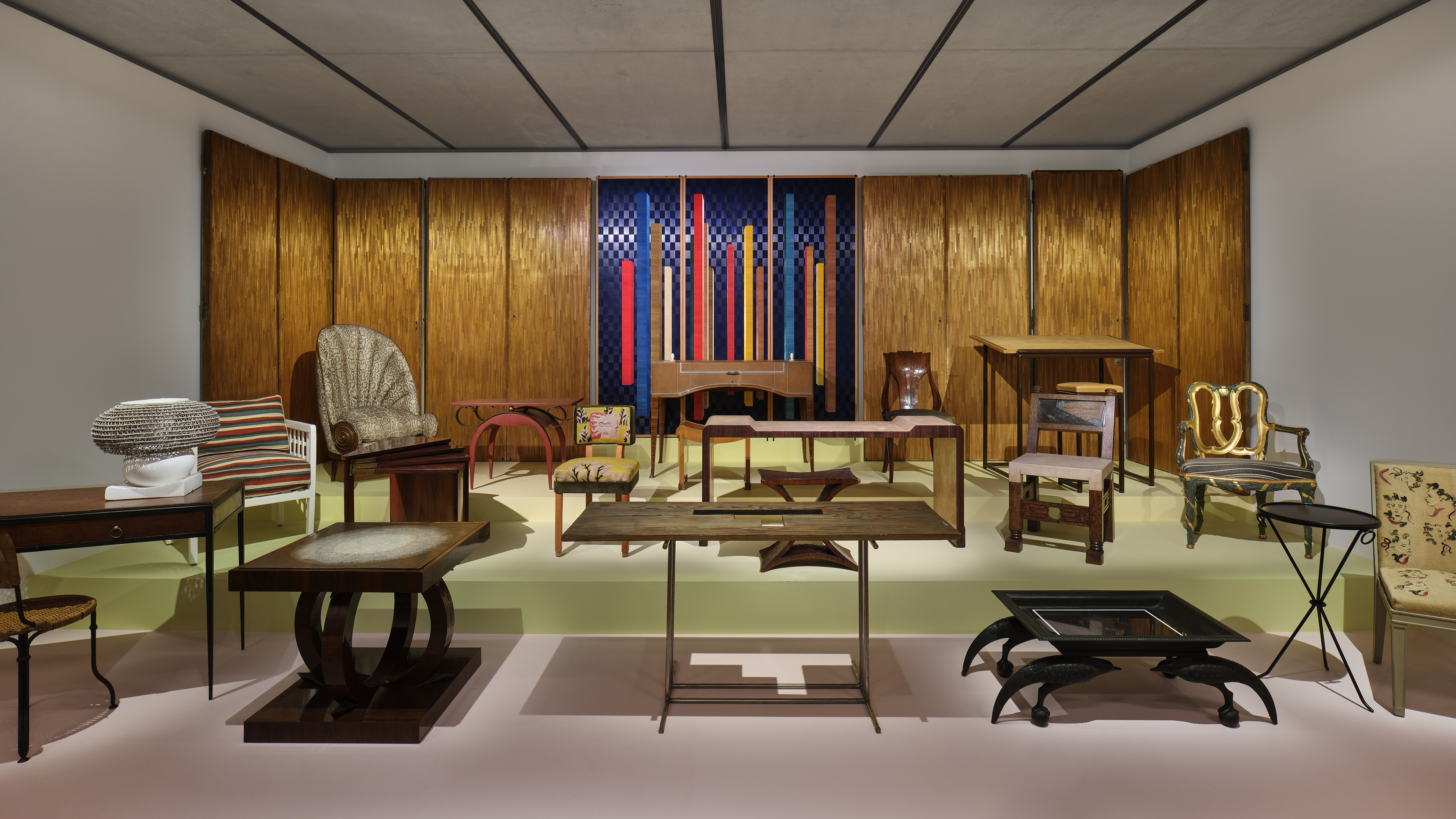 Art Deco's centenary is honoured with a grand exhibition in Paris
Art Deco's centenary is honoured with a grand exhibition in ParisTo mark 100 years of Art Deco, the Musée des Arts Décoratifs in Paris is holding a retrospective that includes furniture, tableware, clothing, jewellery and objets d’art (on view until 26 April 2026)
-
 ‘Lucybelle II’ is a small scale homage to an iconic racing Ferrari, created by Hedley Studios
‘Lucybelle II’ is a small scale homage to an iconic racing Ferrari, created by Hedley StudiosHedley Studio has shaped an exacting 75% scale replica of the 1958 Ferrari Testa Rossa J ‘Lucybelle II’, complete with track-worn patina
-
 Explore a refreshed Athens apartment full of quirk and midcentury character
Explore a refreshed Athens apartment full of quirk and midcentury characterA 1960s Athens apartment is revived by architects Aspassia Mitropapa and Christina Iliopoulou, who elegantly brought its midcentury appeal to the 21st century
-
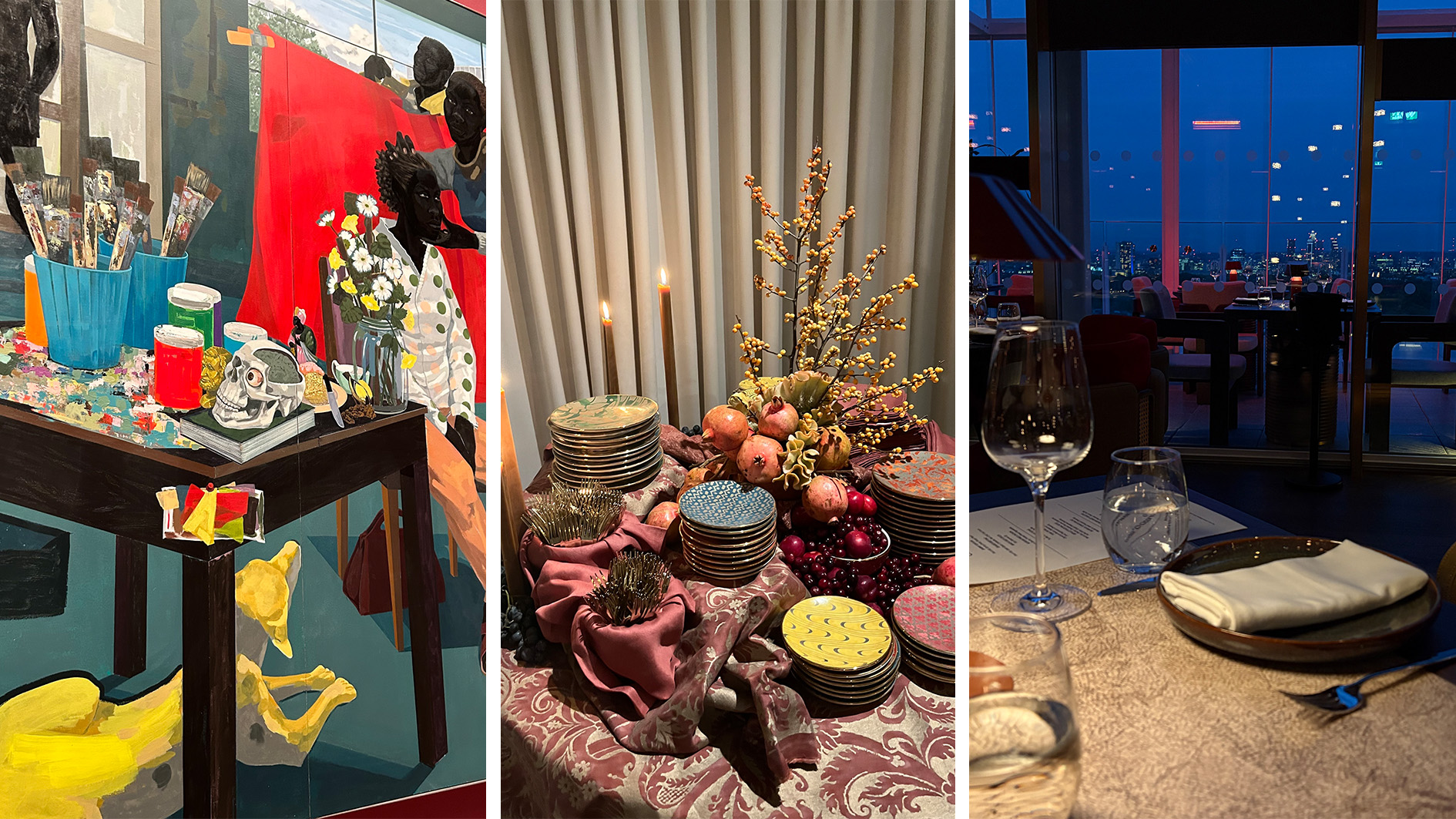 Out of office: The Wallpaper* editors’ picks of the week
Out of office: The Wallpaper* editors’ picks of the weekFrom sumo wrestling to Singaporean fare, medieval manuscripts to magnetic exhibitions, the Wallpaper* team have traversed the length and breadth of culture in the British capital this week
-
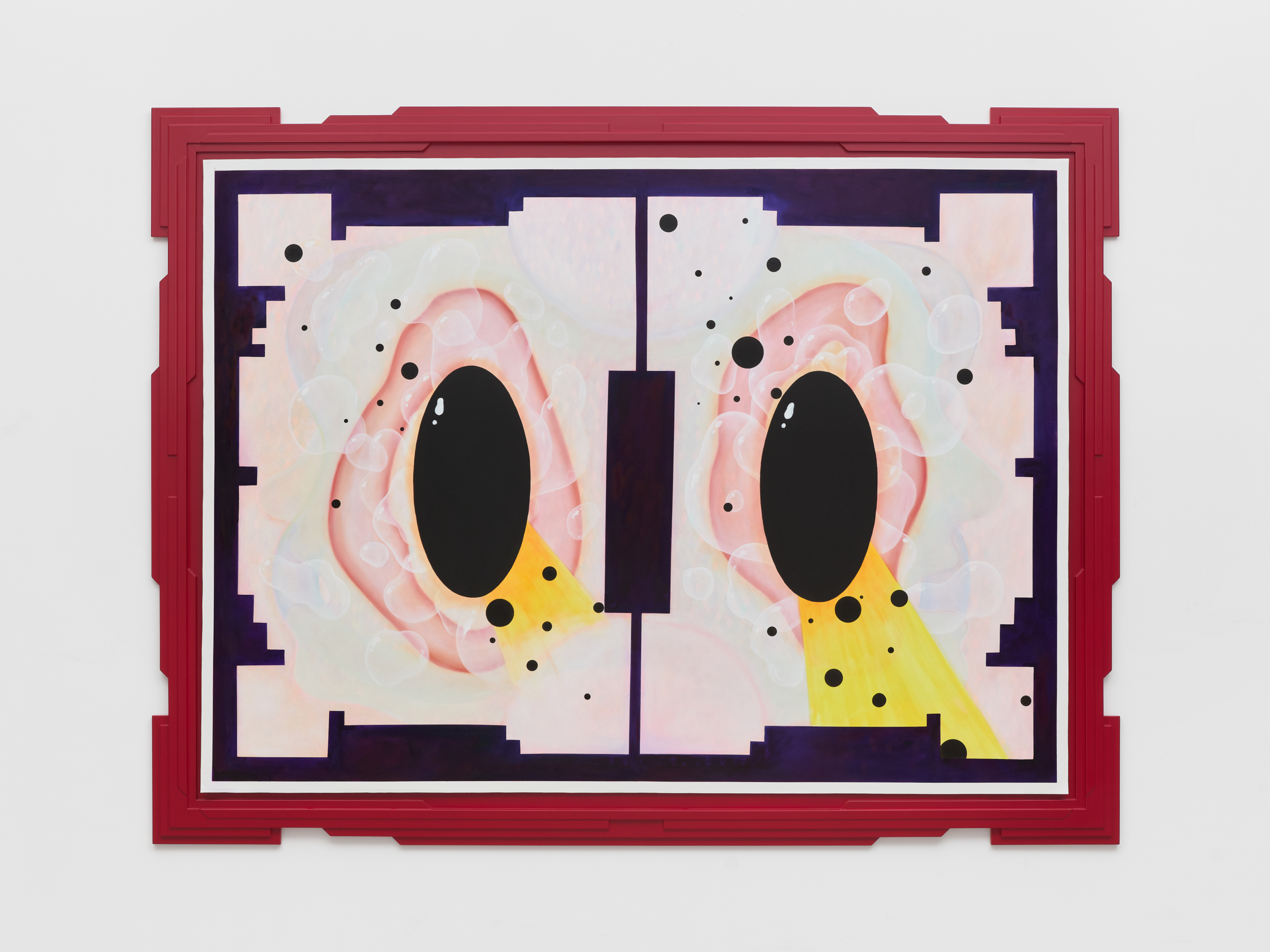 Viewers are cast as voyeurs in Tai Shani’s crimson-hued London exhibition
Viewers are cast as voyeurs in Tai Shani’s crimson-hued London exhibitionBritish artist Tai Shani creates mystical other worlds through sculpture, performance and film. Step inside at Gathering
-
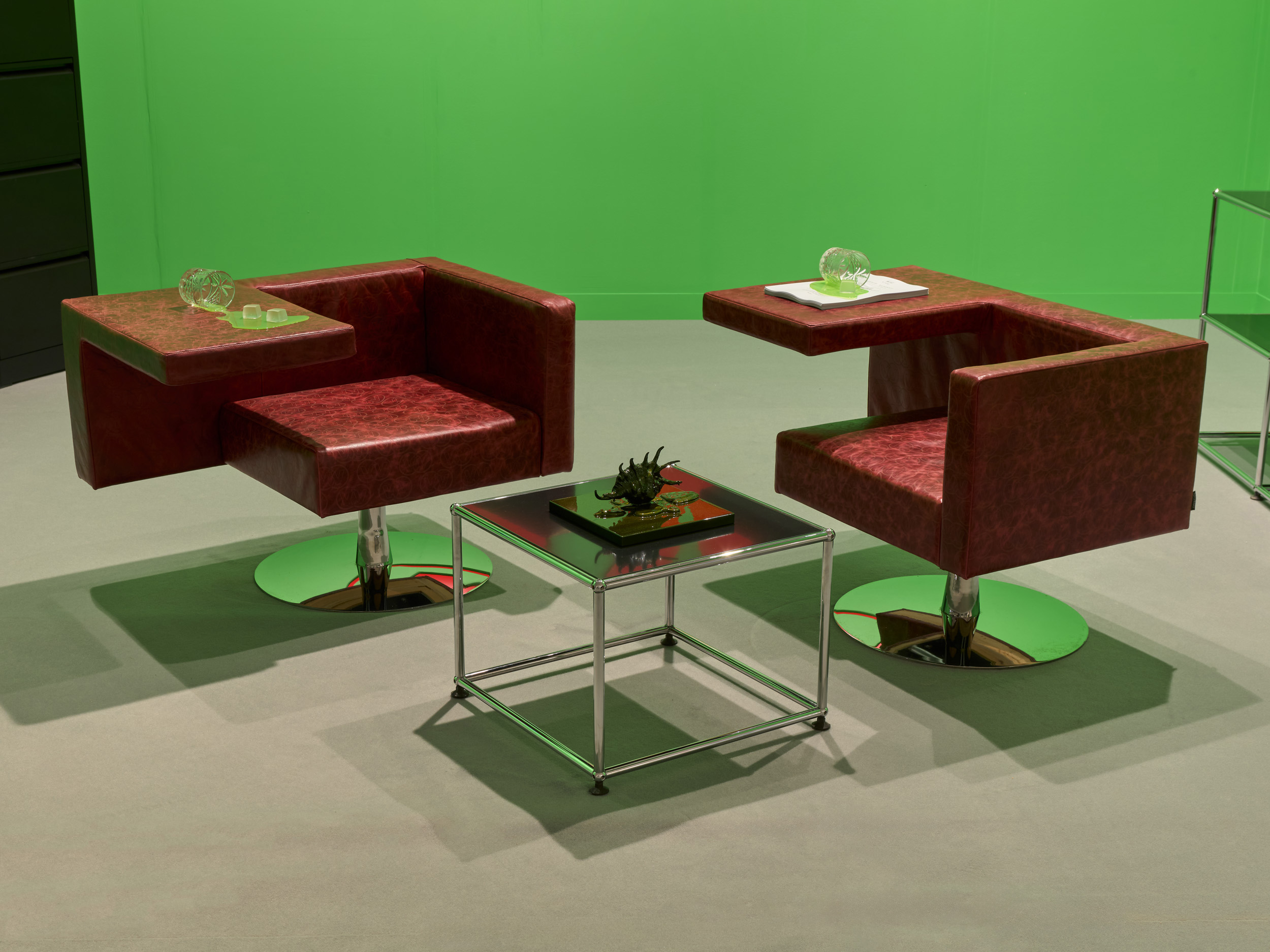 Who are the nine standout artists that shaped Frieze London 2025?
Who are the nine standout artists that shaped Frieze London 2025?Amid the hectic Frieze London schedule, many artists were showcasing extraordinary work this year. Here are our favourites
-
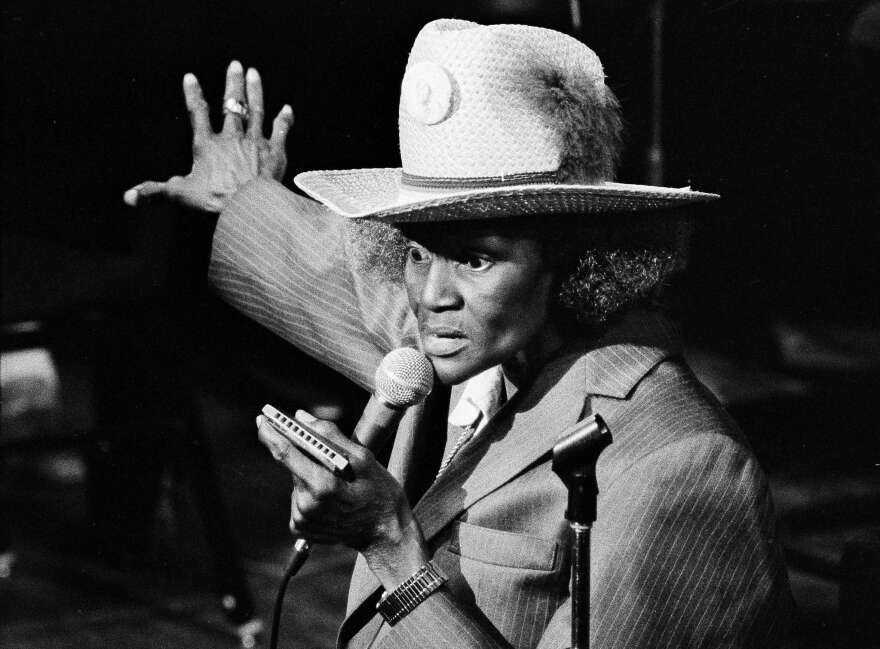 Doc’n Roll Festival returns with a new season of underground music films
Doc’n Roll Festival returns with a new season of underground music filmsNow in its twelfth year, the grassroots festival continues to platform subcultural stories and independent filmmakers outside the mainstream
-
 Out of office: The Wallpaper* editors' picks of the week
Out of office: The Wallpaper* editors' picks of the weekThe London office of Wallpaper* had a very important visitor this week. Elsewhere, the team traverse a week at Frieze
-
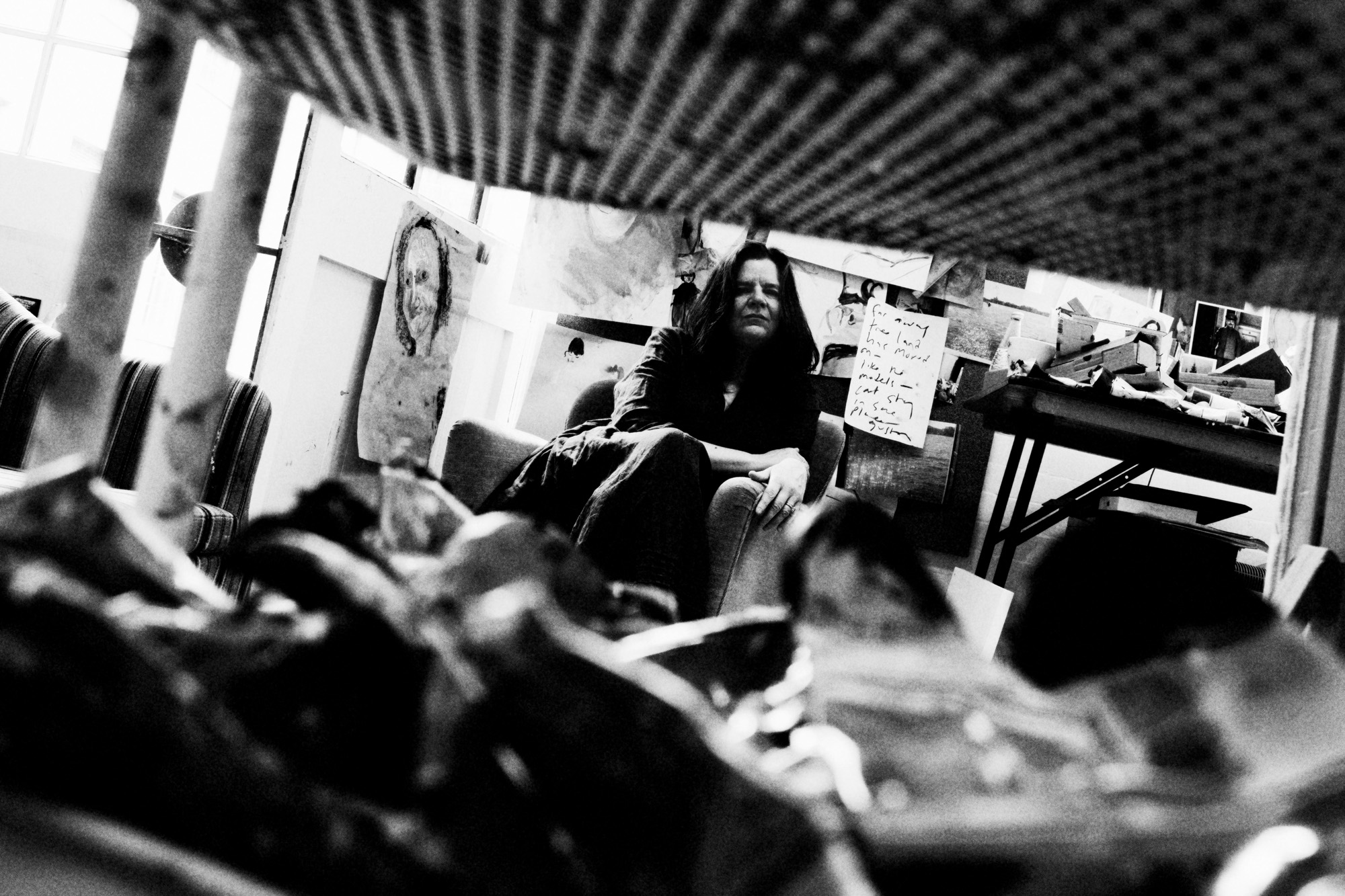 Chantal Joffe paints the truth of memory and motherhood in a new London show
Chantal Joffe paints the truth of memory and motherhood in a new London showA profound chronicler of the intimacies of the female experience, Chantal Joffe explores the elemental truth of family dynamics for a new exhibition at Victoria Miro
-
 Leo Costelloe turns the kitchen into a site of fantasy and unease
Leo Costelloe turns the kitchen into a site of fantasy and uneaseFor Frieze week, Costelloe transforms everyday domesticity into something intimate, surreal and faintly haunted at The Shop at Sadie Coles
-
 Can surrealism be erotic? Yes if women can reclaim their power, says a London exhibition
Can surrealism be erotic? Yes if women can reclaim their power, says a London exhibition‘Unveiled Desires: Fetish & The Erotic in Surrealism, 1924–Today’ at London’s Richard Saltoun gallery examines the role of desire in the avant-garde movement